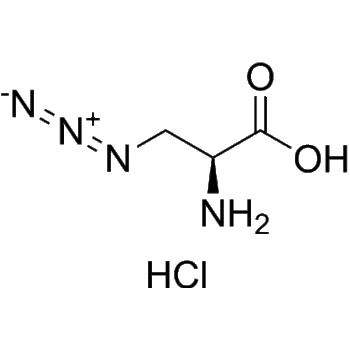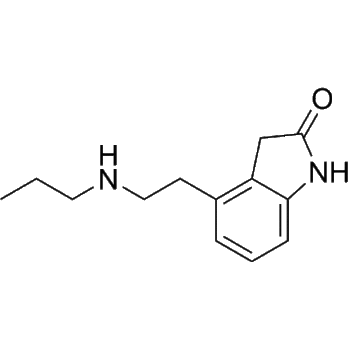
Download Files:
Cycloleucine
SKU
HY-30008-25 mg
Category Reference compound
Tags Cancer; Infection; Metabolic Disease; Neurological Disease, iGluR, Membrane Transporter/Ion Channel;Neuronal Signaling
$50
Only 1000 item(s) left in stock.
Products Details
Product Description
– Cycloleucine is a specific inhibitor of S-adenosyl-methionine mediated methylation. Cycloleucine is antagonist of NMDA receptor associated glycine receptor, with a Ki of 600 μM. Cycloleucine is also a competitive inhibitor of ATP: L-methionine-S-adenosyl transferase in vitro. Cycloleucine has anxiolytic and cytostatic effects[1][2][3][4].
Web ID
– HY-30008
Storage Temperature
– -20°C, 3 years; 4°C, 2 years (Powder)
Shipping
– Room Temperature
Applications
– Metabolism-protein/nucleotide metabolism
Molecular Formula
– C6H11NO2
References
– [1]S Amor, et al. The effect of cycloleucine on SFV A7(74) infection in mice. Br J Exp Pathol. 1987 Apr;68(2):225-35.|[2]Hood WF, et, al. 1-Aminocyclobutane-1-carboxylate (ACBC): a specific antagonist of the N-methyl-D-aspartate receptor coupled glycine receptor. Eur J Pharmacol. 1989 Feb 28;161(2-3):281-2.|[3]Caboche M, et, al. RNA methylation and control of eukaryotic RNA biosynthesis. Effects of cycloleucine, a specific inhibitor of methylation, on ribosomal RNA maturation. Eur J Biochem. 1977 Mar 15;74(1):19-29.|[4]Gargiulo API, et, al. Effects of Cycloleucine in the Nucleus Accumbens Septi on the Elevated plus Maze Test in Rats. Neuropsychobiology. 2020;79(3):191-197.|[5]Dimock K, et, al. Cycloleucine blocks 5′-terminal and internal methylations of avian sarcoma virus genome RNA. Biochemistry. 1978 Aug 22;17(17):3627-32.|[6]Duś D, et, al. Cytostatic activity in vitro of cycloleucine, aspartic acid and glutamic acid phosphonic analogues. Arch Immunol Ther Exp (Warsz). 1980;28(3):433-8.
CAS Number
– 52-52-8
Molecular Weight
– 129.16
Compound Purity
– 98.0
SMILES
– O=C(O)C1(CCCC1)N
Clinical Information
– No Development Reported
Research Area
– Cancer; Infection; Metabolic Disease; Neurological Disease
Solubility
– DMSO : < 1 mg/mL (ultrasonic)|H2O : 20 mg/mL (ultrasonic)
Target
– iGluR
Isoform
– NMDA Receptor
Pathway
– Membrane Transporter/Ion Channel;Neuronal Signaling
Product type
– Reference compound
Disclaimer: All products are for Research use only unless clearly stated otherwise on the product datasheet. Datasheets provided on the website are drafts for reference purpose only and you are requested to always refer to the hard copy included in the kit for your experimentation. Agdia Products are available for delivery only in Canada.






